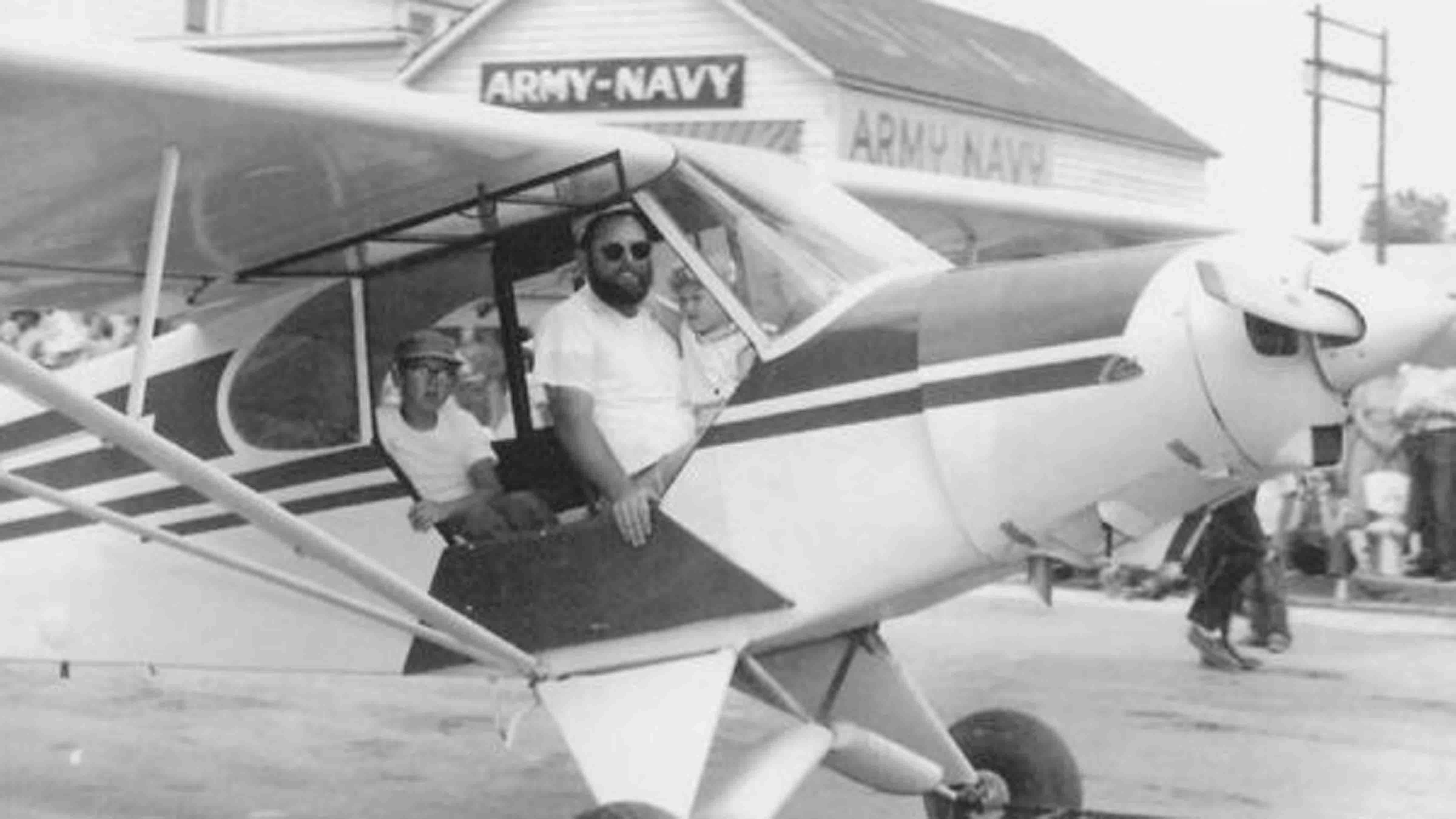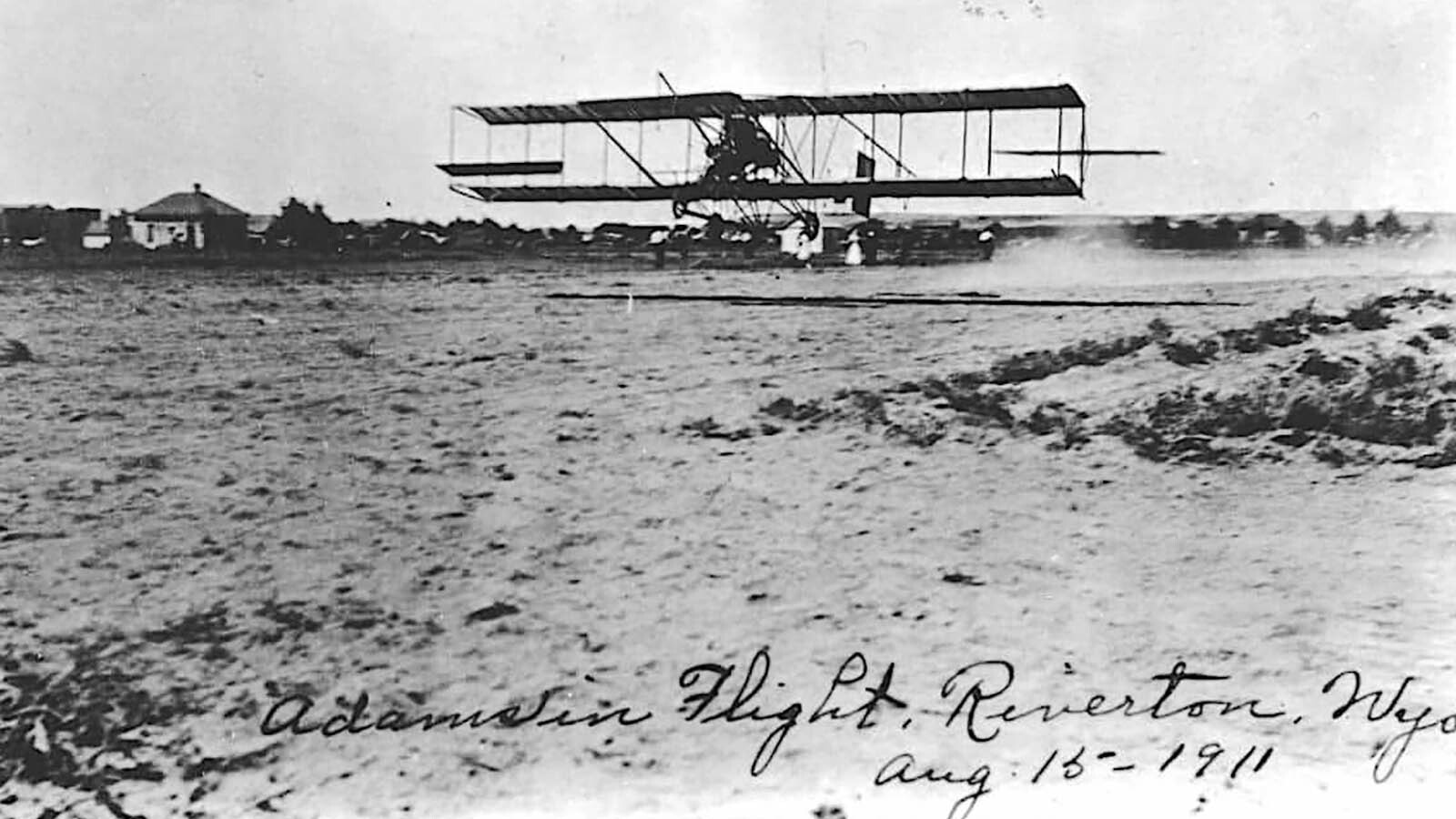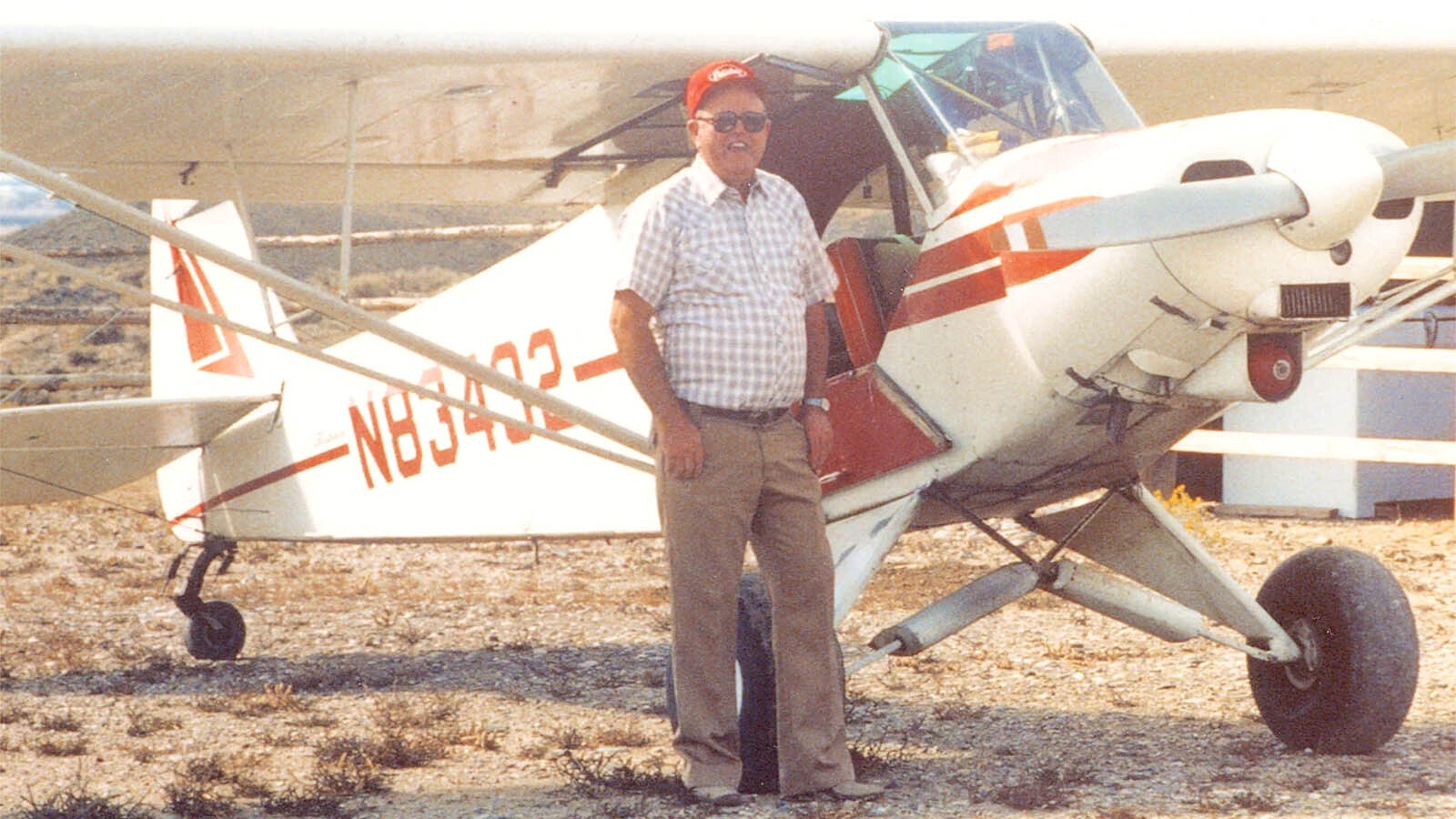Those who grew up in the 1950s and ’60s consider Tim Coleman and airplanes in the same breath. You simply could not have one without the other, especially around Riverton, Wyoming.
Coleman finally got his due last month when he was inducted into the Wyoming Aviation Hall of Fame. The aviator legend was recognized, posthumously, for his five decades of flight.
The ace pilot did everything a person could do in an airplane ... and then some.
A confessed workaholic, Coleman hung his own shingle at Riverton airport where he had a hand in aircraft maintenance and mechanical engineering; took charter flights; performed crop spraying, aerial photography and surveying; ran a regular air ambulance service; and volunteered his services for numerous search-and-rescue missions.
Coleman was 81 when he died Feb. 1, 2005. He left a legacy and more stories than could be retold over three rounds of lobster tails and Coors Light at Svilar’s Bar and Steakhouse in Hudson, a Wyoming joint nearly as iconic as Coleman.
Flying Farmer
Born in Canadian, Texas, Coleman grew up on a dairy farm before he packed his duffle for a four-year hitch with the U.S. Army Air Corps.
During World War II, the 18-year-old trained countless pilots before they hunkered into the cockpits of their Mustangs, Mitchells, Catalinas, Liberators and Corsairs. Coleman flew a few missions himself from 1941-45.
Once discharged, Coleman married Joyce Wentworth. The couple eventually moved to Wyoming sight unseen a few years after marriage when they were selected in a lottery for military veterans to receive a homestead settlement on Bureau of Reclamation Riverton Project land in Hidden Valley north of Riverton.
Farming was OK, but Coleman couldn’t wait to trade his overalls for a flight jacket and get back in the air again. His first major farm implement purchase wasn’t exactly a John Deere.
By 1948, neighbors would recall Coleman buzzing by in his new Piper Super Cub. The versatile single-engine monoplane was used for many tasks like bush flying, banner towing and crop dusting.
With skilled hands on the joystick, the lightweight craft can take off in 400 feet and land in 300, or less. Piper Aircraft introduced the first Super Cub in 1949 and Coleman snapped up the first one he could find.
The not-yet-30-year-old Coleman created a rough airstrip on his farm and was soon flying odd jobs and sightseeing the Fremont County area.

Business Is Booming
By 1957, Coleman made his piloting official as he established the Coleman Flying Service, operated from his airstrip. In 1959, Coleman bought a large hangar at Riverton Airport where he became one of the airport’s first fixed-based operators.
Through the 1960s, Coleman did it all.
He was elected president of the Flying Farmers and Ranchers Association. Those contacts enabled him to serve dozens of private farmers with crop spraying as well as mosquito abatement aerial spraying for local municipalities.
Coleman also was actively involved in predator control throughout his flying career in several counties, including Fremont, Natrona and Sweetwater. He piloted marksmen into position to gun down coyotes and other ranchland predators.
Coleman also served as airport manager at Lander from 1961-62. The skilled pilot also shared his knowledge, becoming a certified flight instructor and Cessna aircraft dealer.
Coleman’s son, Tim Jr., and his daughter, Kathy, both learned to fly under dad’s tutelage. They also both clocked their solo flights at the tender age of 16. In fact, Tim Jr. received his pilot’s license the day before his driver’s license.
Kathy’s son, Steve McFarland, became a third-generation pilot in 1999 when he learned to fly in Casper. He now works as a flight instructor out of Cheyenne.
“My earliest memories of him were when I was about 3 years old and I would sit on his lap while he flew his Super Cub,” McFarland said.
Prop Swap On Boysen Peak
Coleman came to know the northern Wind River Range pretty good as the golden eagle sees it. His ability to navigate the rugged countryside made Coleman a valuable asset for search and rescue missions and other reconnaissance operations — most of which he flew free of charge.
One job Coleman was on in 1963 could have turned out a lot worse if not for a rescue from his son and some cool field repair in sub-zero temperatures.
Jan. 12, 1963, Coleman set his Super Cub down hard on Boysen Peak while flying in a technician from Riverton Valley Electric to perform repairs on a radio transmitter tower site. Coleman’s plane nosed into a hard snow drift, bending the propeller enough to make it unflyable.
Coleman and the technician, Devere Wright, hoofed it to the KWRB-TV transmitter building where they put a call through for assistance.
Tim Jr. and friend, Wayne Harmon, wrapped a spare propeller in a foam rubber mattress and air dropped it to dad. The rescue package also included tools Coleman would need to make the prop swap.
Other than a little frostbite in the 13-degree weather, Coleman had the new propeller on in 15 minutes and flew off the mountain without incident. He was back home in the hangar by 3:30 that afternoon.
Airborne Tradition
Longtime journalist Carolyn B. Tyler penned a fitting tribute to Coleman in 2005 for the Riverton Ranger, where Tyler worked for some 60 years.
Coleman would often take Tyler up for photo opportunities during her time as editor of the Ranger from 1966-86. Though a Nebraskan by birth, Tyler quickly grasped the importance of flight to Riverton residents.
One of the first ever flights in the state took place in Riverton on Aug. 15, 1911, in the town’s celebration of its fifth anniversary.
William S. Adams made the four-and-a-half-minute voyage in Benoist aircraft he had learned to fly while in St. Louis for six months. He had the plane shipped to Riverton, where it was reassembled for the event.
From that day on, Riverton became known as the state’s unofficial aerial capital.
During the 1950s and ’60s, Coleman took Wyoming to the next level.
“Tim Coleman was a Wyoming aviation pioneer, and his death last week marks the end of an era. Tim wasn’t a ‘barnstormer.’ He brought the city into modern flight safety,” she wrote in her column.
“From crop-dusting to emergency flights and search-and-rescue, Tim Coleman was ‘the man’ in the air,” Tyler finished.
Old Pilots Never Die ...
Coleman sold off his flying service business in 1971. He continued to fly private contractor jobs for the U.S. Fish and Wildlife Service, Wyoming Game and Fish Department, and Fremont County Predator Control.
Coleman remarried after Joyce’s death in 1985. He married another Joyce (Grosgebauer) in January 1987.
Coleman remained active in the community both in aviation and civic undertakings. He hosted air education field trips for school students from around Fremont County, offering flights for kids.
Coleman helped form the Sertoma International Club in 1973, which has blossomed from a 27-unit housing project for seniors into a foundation with assets in excess of $15 million and providing more than 40 local jobs.
Coleman also was president of the Kiwanis Club and a longtime member of the Riverton Chamber Commerce. He also made contributions in helping to develop industry in the area.
Coleman hung up his wings in 1995 with an estimated 30,000 hours of accumulated flight time. He and his wife sold the farm and moved into town.
He died Feb. 1, 2005, at Riverton Memorial Hospital.
In December, the Wyoming Aviation Hall of Fame and the Wyoming Aeronautics Commission named Coleman the 2023 inductee into the Wyoming Aviation Hall of Fame.
Jake Nichols can be reached at: Jake@CowboyStateDaily.com

Jake Nichols can be reached at jake@cowboystatedaily.com.





